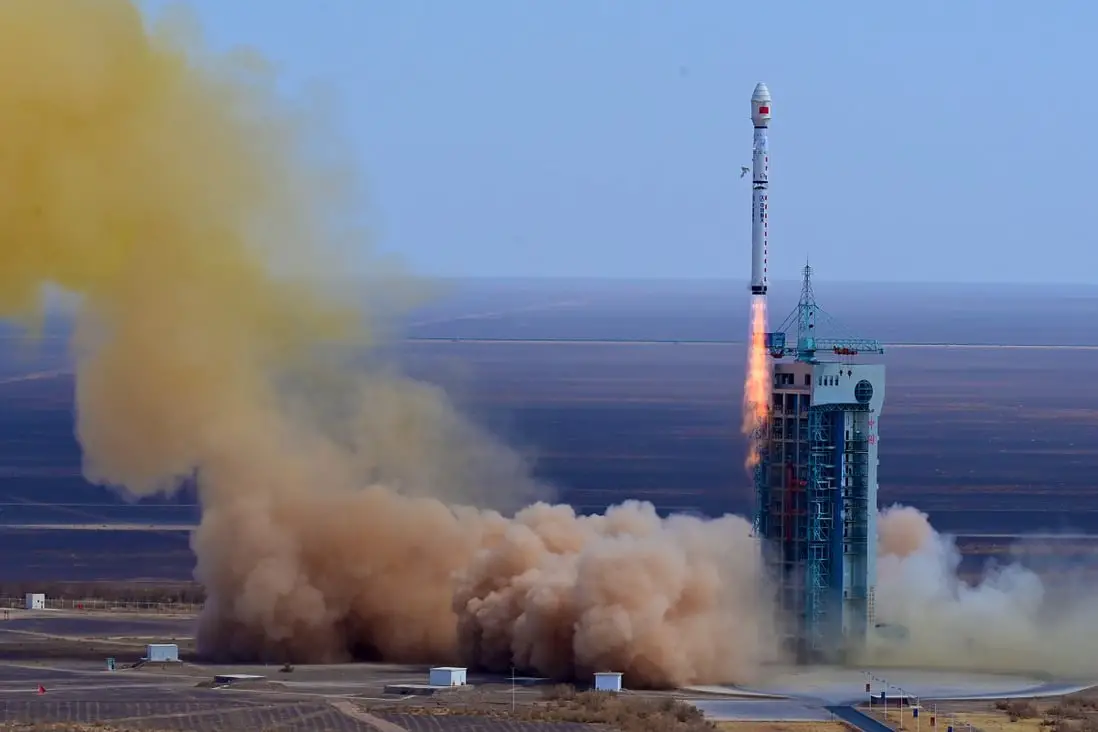China has completed a second test flight of a reusable rocket engine that is comparable to those used by SpaceX, bridging the technological gap with the US regarding affordable space travel. The Xian Aerospace Propulsion Institute announced in a statement on its WeChat social media account on Tuesday that the liquid oxygen and kerosene rocket engine had recently been tested in a launch and had safely returned to Earth.
No other information on the trip was provided, but according to the institute, it was the first time China has recycled a rocket engine. The institution is a division of China Aerospace Science and Technology Corporation, a government-run company.
The engine was rebuilt for the most recent flight after being inspected and maintained after its first deployment as the primary propulsion system for a launch in 2021. “This successful verification indicates that the practical phase of our engine reuse technology has begun. This allows us to focus more on the engine’s high performance, cheap cost, and high dependability, according to Zhang Xiaojun, the institute’s director, who was mentioned in a China News Service story on Wednesday.
However, China has fallen behind in the development of reusable rockets using conventional engine technology. China has taken the lead in the development of air-breathing engines for hypersonic flight.
For most space missions, liquid oxygen and kerosene rocket engines are used as the primary power source. They are able to operate in both air and a vacuum since they carry their own oxygen. Additionally, they have better propulsion, use non-toxic fuel, and produce minimal pollution.
The Merlin-1D engine used by SpaceX on their Falcon 9 rockets is comparable in technology to the Chinese engine, which can be utilized for vertical takeoff and landing. The repeat ignition technique required for vertical landing was the first technological hurdle that researchers working on the engine had to surmount, according to a statement from the Xian Institute.
The procedure varies depending on the flying mode, but it involves cooling the engine and purging the tank to remove combustion and leftover fuel from the initial ignite. The institution claimed to have discovered a way to purge and pre-cool the tank and to have accomplished three continuous ignitions during ground testing.
The return flight’s difficult landing procedure is caused by the vehicle’s progressive weight loss from the remaining propellant. To accomplish controlled deceleration or a gentle landing, the engine’s thrust has to be adjusted in a variety of ways. According to the institution, this was also a part of prior tests using a Long March 8 rocket on the ground.
The engine must be safeguarded against impact and heat with repeated usage and ignition due to variations in outside air pressure during the return stage. Therefore, sealing materials are crucial, and the institution said that its safety precautions had been successful during the second test flight.
It’s crucial to have a procedure in place to evaluate the engine’s dependability before reusing it. The institution claimed to have created and modified online real-time technology to assess the engine after a mission, offering a quick and inexpensive means of doing inspection and maintenance.
According to Zhang, “the advancement China has achieved in repeatedly deploying the liquid oxygen and kerosene engine is of significant importance.” According to him, the second test flight had “given vital experience and opened the path for the following construction of a bigger thrust reusable liquid oxygen and kerosene engine in China.” He said, “That will be a significant jump from square one.”
Source: South China Morning Post

